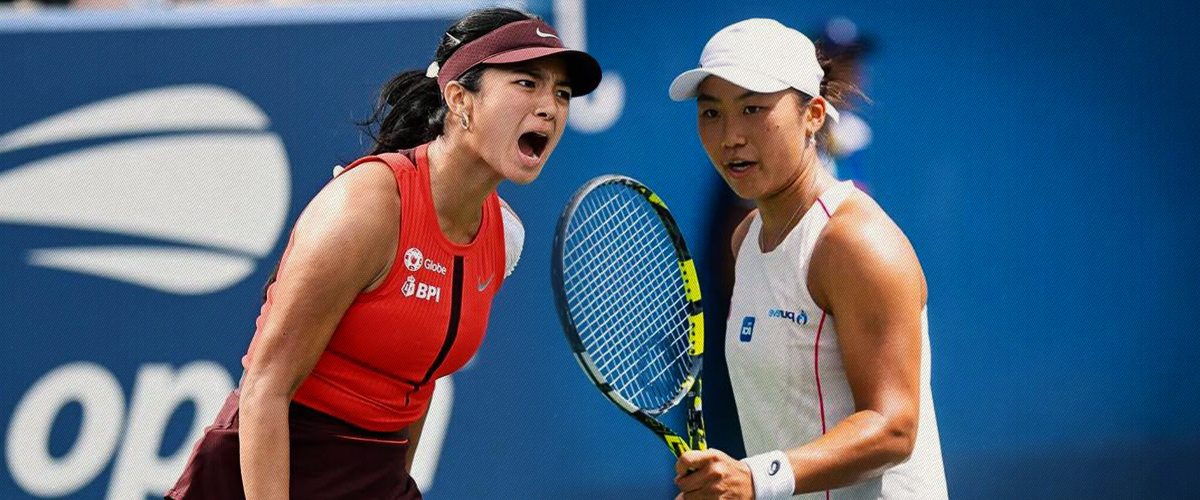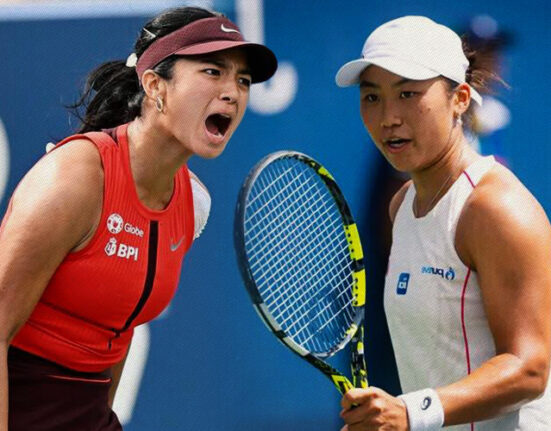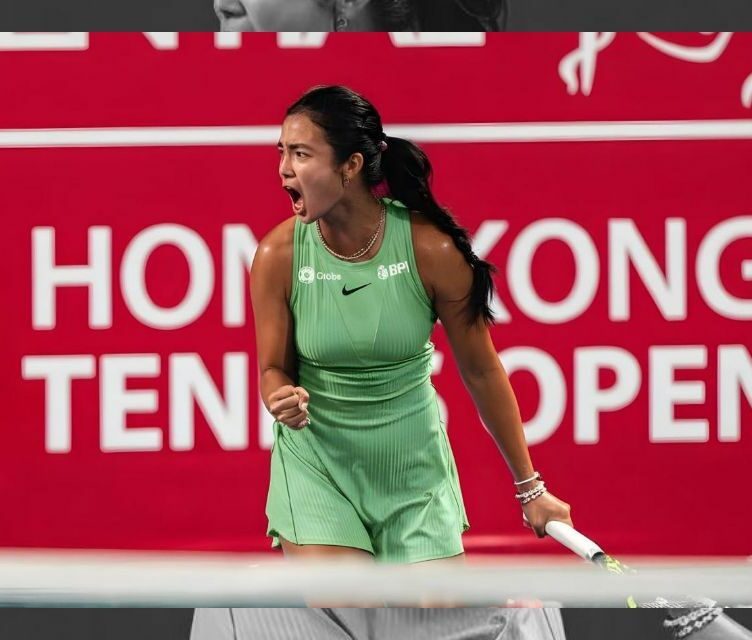FOR generations, the sport of tennis has been ruled by dominant forces in Europe, North America, and Australia—regions backed by a legacy of champions, advanced coaching programs, and well-established systems.
But quietly, and now with undeniable momentum, Southeast Asia is beginning to make its mark. Once seen as a peripheral player in the global tennis scene, this dynamic and fast-growing region is undergoing a significant shift.
No longer content to simply observe, Southeast Asia is gearing up to compete at the highest level. And this surge isn’t just a fleeting trend or the result of a few exceptional athletes.
It’s being driven by rising young talent and a deep-seated desire to earn a place among tennis’ elite. The future isn’t approaching anymore—it has already arrived in Southeast Asia. The only question is: how far will it rise?
SEA of Talent
On an electrifying Monday morning (Manila time), New York became the stage for history as the Philippines’ tennis prodigy Alex Eala pulled off a stunning comeback to defeat World No. 14 Clara Tauson at the US Open.
With that victory, the 20-year-old became the first Filipina to win a Grand Slam main draw singles match in the Open era—and naturally, the first to advance to the tournament’s second round.
But Eala wasn’t the only Southeast Asian to shine that day. Indonesia’s Janice Tjen also made waves by punching her ticket to the second round of the same event.
Unlike Eala, Tjen fought her way through the qualifying rounds, showing remarkable tenacity in a gritty three-set battle against Russia’s Veronika Kudermetova. Her 6-4, 4-6, 6-4 win marked the first Grand Slam singles victory by an Indonesian in 22 years.
Though only one player lifts the trophy at any given tournament, it’s inspiring to witness fellow Southeast Asians like Eala and Tjen reach new milestones—reminding us that fierce competition and mutual respect can go hand in hand.
Always A Neighbor’s Friend
Reflecting on their shared history and recent triumphs, Eala had heartfelt words for Tjen—her former opponent in the finals of the 2018 Phinma-PSC International Junior Tennis Championship at the Polo Club.
Their journey from rivals to regional trailblazers speaks volumes about the spirit of camaraderie that continues to thrive in Southeast Asia’s tennis rise.
“It’s hard to think that you’re the first to do so because this is my first time going through the journey as well. I’m so happy to see the progress of tennis in Southeast Asia. I know that Janice also won her match today,” she said.
“I’ve known her for a long time, so I’m happy for her. And I’m happy that players from this region are coming up and starting to be successful,” she went on to say.
For both athletes, this marks just the start of their journey. Their wins not only advanced them further in the tournament but also sparked inspiration and opened new paths for the next generation of young hopefuls in their home countries.
“I would say that anything is possible and to dream big. I’m very ambitious, and although there was no one from my country who did this before or was successful in tennis, I took inspiration from anyone I could – from my family, from my brother,” she said.
A Dawn Worth Watching
Southeast Asia is no longer sitting on the sidelines of global tennis.
A powerful mix of emerging young talent and evolving cultural attitudes has ignited a regional resurgence. The passion is undeniable, the groundwork is being laid, and the belief in what’s possible is growing stronger every day.
When young players see Alex Eala or Janice Tjen holding their own against top-tier WTA opponents—or when local tournaments are aired on national television—tennis becomes more accessible and real, no longer just a distant dream.
In a region known for its high digital engagement, this rise in grassroots media and online coverage is fueling the sport’s visibility and helping to break down its long-standing barriers. It’s cultivating a new wave of fans—and future players—across Southeast Asia.
Yes, the path ahead is still filled with challenges, but this awakening isn’t something on the horizon—it’s already unfolding. The question is no longer if, but when Southeast Asia will make its mark.
And when that moment comes, names from Manila, Bangkok, Jakarta, and Hanoi may well resonate through the courts of Wimbledon and Roland Garros—not as underdogs, but as champions.
The future has arrived—and Southeast Asia is ready to take the shot. How far can it go? The journey’s just beginning, and it’s one the entire region can proudly walk together.
How useful was this post?
Click on a star to rate it!
Average rating 0 / 5. Vote count: 0
No votes so far! Be the first to rate this post.
We are sorry that this post was not useful for you!
Let us improve this post!
Tell us how we can improve this post?








